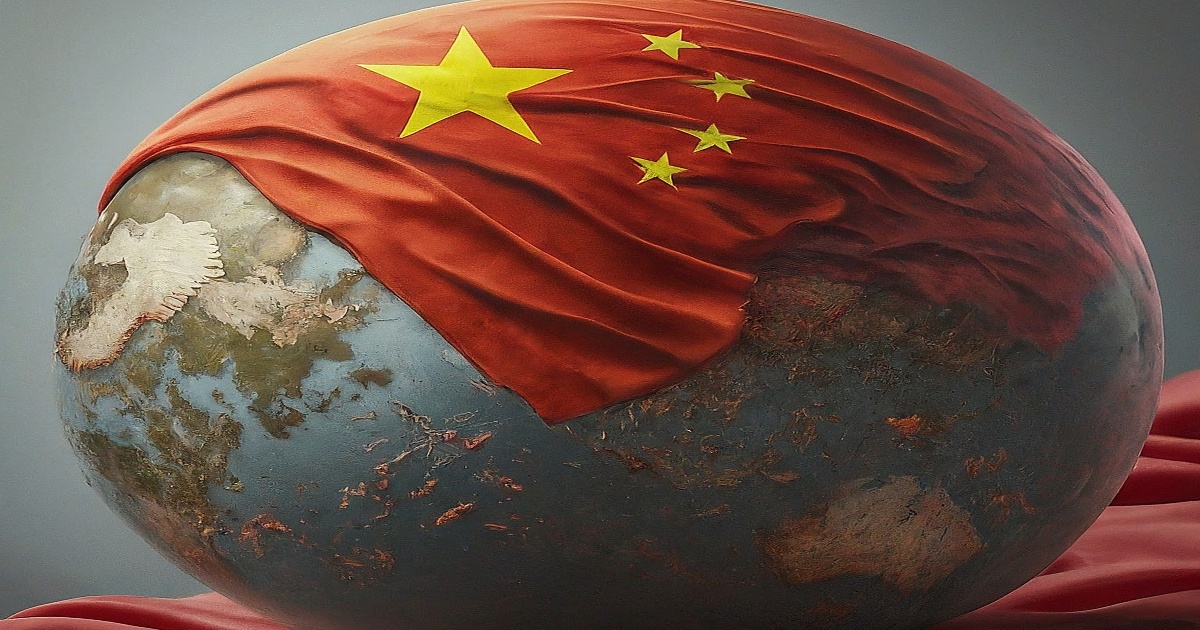It has been ten years since Beijing launched the ambitious "Made in China 2025" strategy, which aimed to transition the nation from low-cost manufacturing to a high-tech powerhouse. The policy, championed by President Xi Jinping, sought to position China at the forefront of various industries, including advanced computing and aerospace, backed by substantial investments in technologies like AI and green energy.
Analysts from platforms such as ABC have assessed the initiative as a resounding success, underscoring that despite efforts by the US government to counteract it, China's industrial policy has made significant strides. According to Max Zenglein, a China economist, "Made in China 2025" stands as the foundation of China’s drive to ascend the value chain and reinforce its dominance in global manufacturing. Lindsay Gorman, who previously advised on emerging technologies in the Biden White House, echoed this perspective, indicating that China has either taken a leading role or closely trails in several high-tech sectors, with Huawei’s 5G advancements and progress in clean energy serving as prime examples.
However, not all sectors have seen equal success; for instance, the country’s ambitions in commercial aviation have not materialized as hoped. Industries like biotechnology are showing promising growth as well, especially with the surge of big data and genetics applied to medicine.
The "Made in China 2025" initiative drew significant attention from the US during Donald Trump's administration, culminating in tariff impositions on Chinese goods tied to the program. This prompted a notable decline in references to the initiative within Chinese state media, even as China continued to pursue its industrial ambitions. Although state media are presently celebrating successes in high-tech advancements, it remains challenging to discern the authenticity of these claims.
Experts assert that while advances continue, US measures, particularly those aimed at limiting Chinese access to advanced semiconductor technology, have proven impactful. For instance, analysts highlight that Huawei's technology remains significantly behind that of competitors such as Apple. As the Biden administration addresses trade strategies, it is anticipated that relations between the US and China may remain tense, shaped by a growing atmosphere of mutual distrust regarding national security.
The future remains uncertain, particularly as Trump has hinted at additional tariffs and retaliatory measures in response to China's strategic advancements. With no clear successor to the "Made in China 2025" plan yet visible, expectations are set for China's forthcoming 15th Five Year Plan, which will likely outline goals and strategies from 2026 to 2030.







5 Comments
Matzomaster
Made in China 2025" has the potential to create millions of high-skilled jobs in China, boosting the economy and improving living standards. This could also benefit global economic growth and stability.
Rotfront
The initiative addresses the growing demand for skilled labor, creating opportunities for education and training programs in China. This will further empower the workforce and enhance China's competitiveness in the global market.
Karamba
Made in China 2025" could stifle innovation in other countries as companies focus on competing with China instead of pursuing their own unique advancements. This could harm global technological progress.
Matzomaster
The strategy focuses on developing green technologies and promoting sustainable development. This addresses growing environmental concerns and positions China as a responsible leader in the global fight against climate change.
Karamba
Made in China 2025" has already contributed to significant achievements in various sectors, like the development of high-speed rail and renewable energy technologies. This showcases China's potential for continued successful innovations.